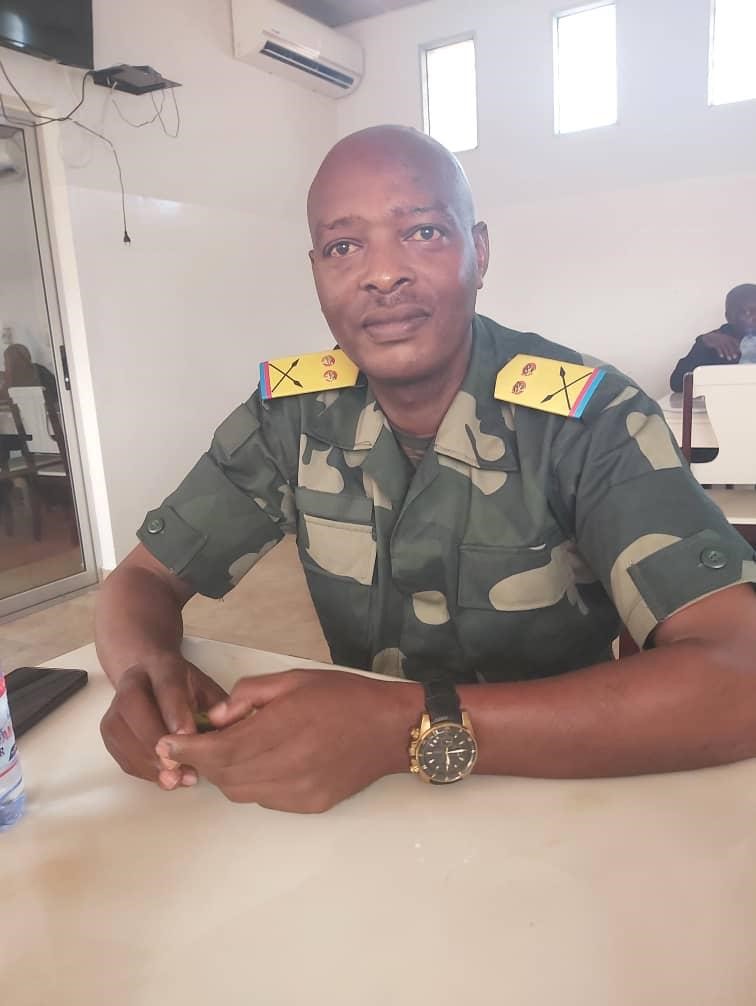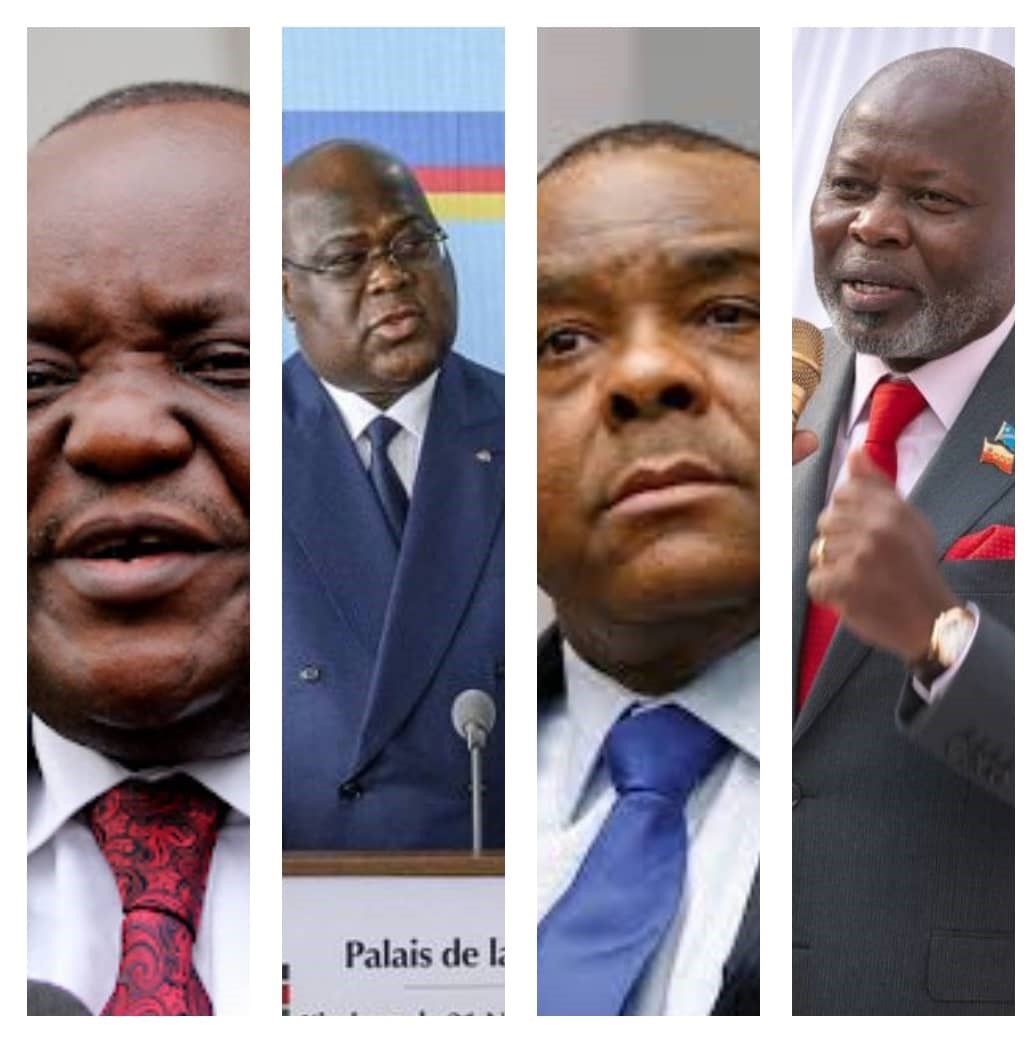Regional
Why DRC government pretends ignorance of conflict in east
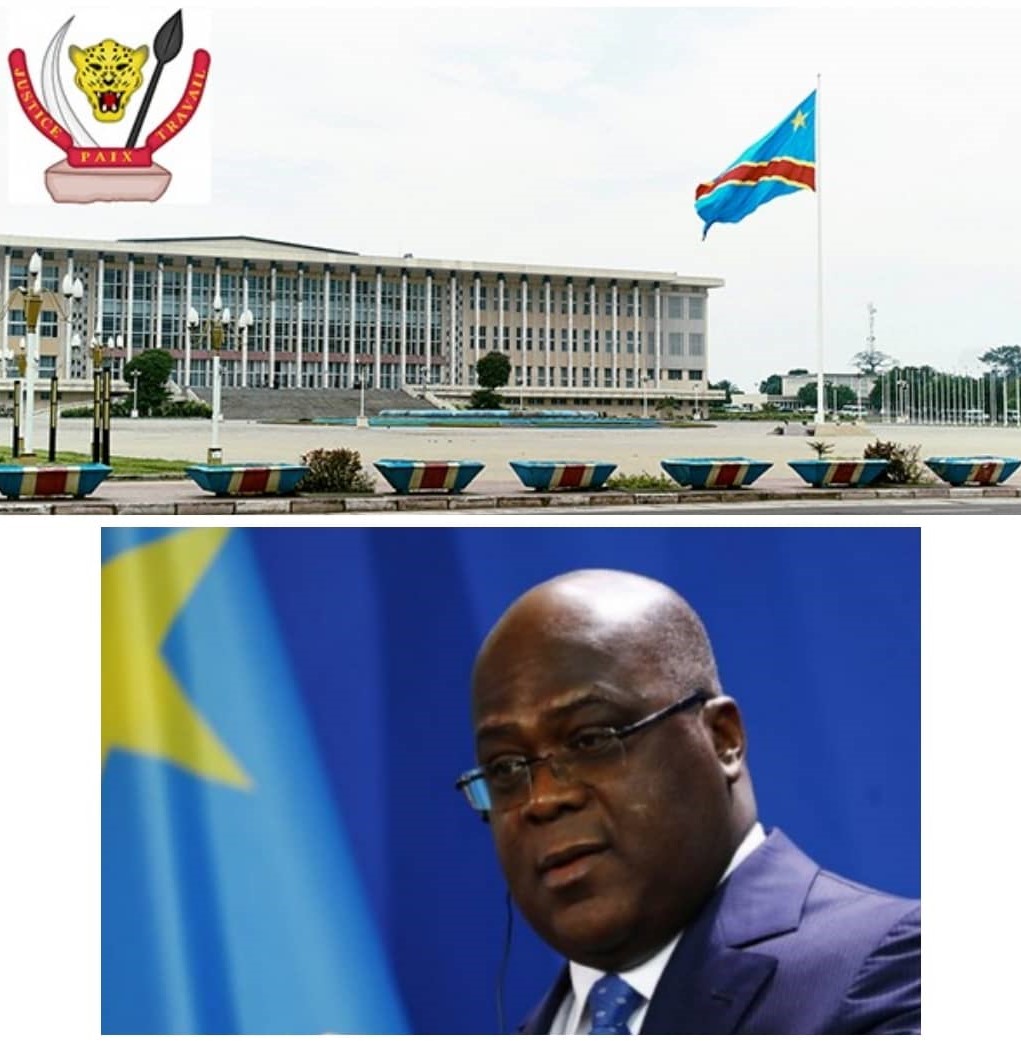
While
addressing journalists during his state visit in Benin, on April 16, Rwandan
President Paul Kagame said the M23 question has been mismanaged for over a
decade. The group first launched its rebellion in 2012 in the eastern part of the
Democratic Republic of Congo.
Afterwards,
DRC government spokesperson, Patrick Muyaya, tweeted questioning why Kagame did
not talk about the origin of the M23 rebel group. Either Muyaya is a selective
listener or he deliberately deduced some facts stated by President Kagame for
his fallacious intentions of demonising Rwanda.
Although
Kagame had detailed the historical perspective of the eastern DRC conflict,
which he traced back to the colonial times when borders were demarcated, and
some Rwandans were left on the Congolese side, Muyaya still claimed that the
President did not address the origin of M23 conflict. Muyaya knows very well
the origin of M23, and the persecuted Congolese Tutsi community it is fighting
to protect, and has been struggling to repeatedly cover it up for his
government
It
is befitting to remind him that after the 1994 Genocide against the Tutsi in
Rwanda, the genocide ideologues that planned and executed it fled to DRC. Their
plan was to wipe the Tutsi off the world map.
And when they reached DRC, they systematically planned how to continue
with the killing.
This
time, they were testing the killing on the Congolese Tutsi.
The
architects and implementers of the Genocide formed the FDLR. They did not only
attack the Congolese Tutsi but also sustained some attacks on Rwanda, and later
forged an alliance with the DRC national army, FARDC.
Kinshasa
has an obligation to protect their Kinyarwanda-speaking citizens. Sadly, in the
absence of this protection; the Congolese Tutsi picked up arms to protect
themselves.
It
is ironic that Kinshasa is still insinuating that Kinyarwanda-speaking
Congolese are not real nationals. It so happens that Tshisekedi defended
the FDLR saying that it is weak and poses no threat to Rwanda. Muyaya called the
genocidal militia a ‘movement’ despite being a blacklisted terrorist group.
If
Kinshasa admitted the existence of FDLR, its real threat and growing strength, it
would justify why the M23 exists in the first place.
Tshisekedi
wants to impose a false rhetoric that denies the FDLR existence and the crimes
it has perpetrated against the Congolese people and instead portrays DRC as “a
country under attack by Rwanda”.
The United
Nations Special Advisor on Genocide Prevention, Alice Wairimu Nderitu, who
visited DRC earlier in November 2022, condemned the escalation of violence in
eastern DRC, saying that it was a “warning sign” in a region where a Genocide
happened in the past.
The current
violence mainly stems from the refugee crisis that resulted as many individuals
involved in the 1994 Genocide against the Tutsi in Rwanda fled to eastern DRC,
forming armed groups such as the FDLR which is still active in eastern DRC, she
warned.
This
genocidal outfit has committed crimes against humanity with impunity.
Not
so long ago, Human Rights Watch exposed the Congolese army for being the
sponsor of the genocidal group. Several senior Congolese military officers gave
arms and ammunition to the FDLR. The FDLR spokesperson, Cure Ngoma told BBC a
while ago that FDLR is “present and controls territories in North Kivu, and
refuted claims by Kinshasa that FDLR no longer exists.
Regional
stability needs the good faith of Tshisekedi’s regime. It will be a waste of
time to keep investing in propaganda that blames Rwanda for eastern DRC’s endless
woes.
Dismantling
the genocidal force will pave the way for a pacified eastern DRC. The situation
in eastern DRC is only fixable if there is goodwill to address the root causes
of the conflict.


.jpeg-20221214055432000000.jpeg)
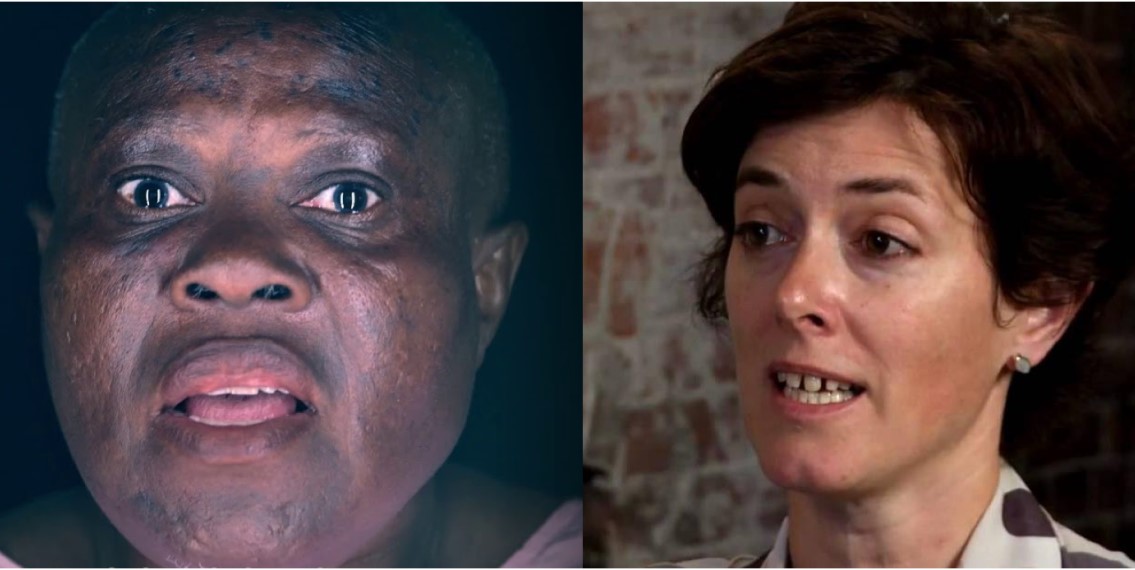
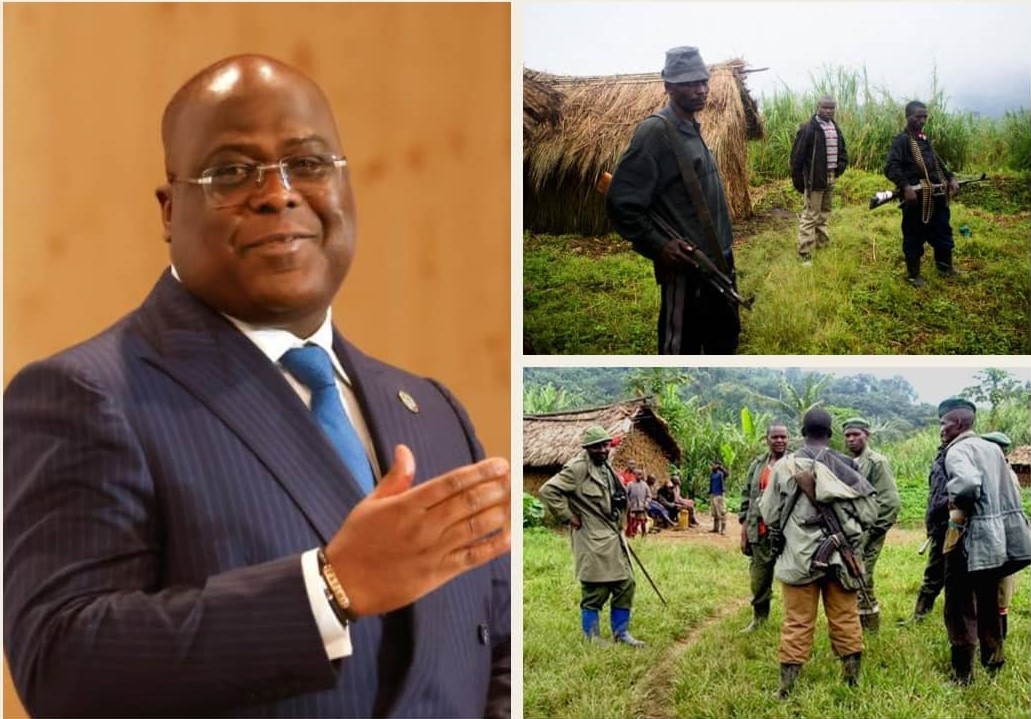
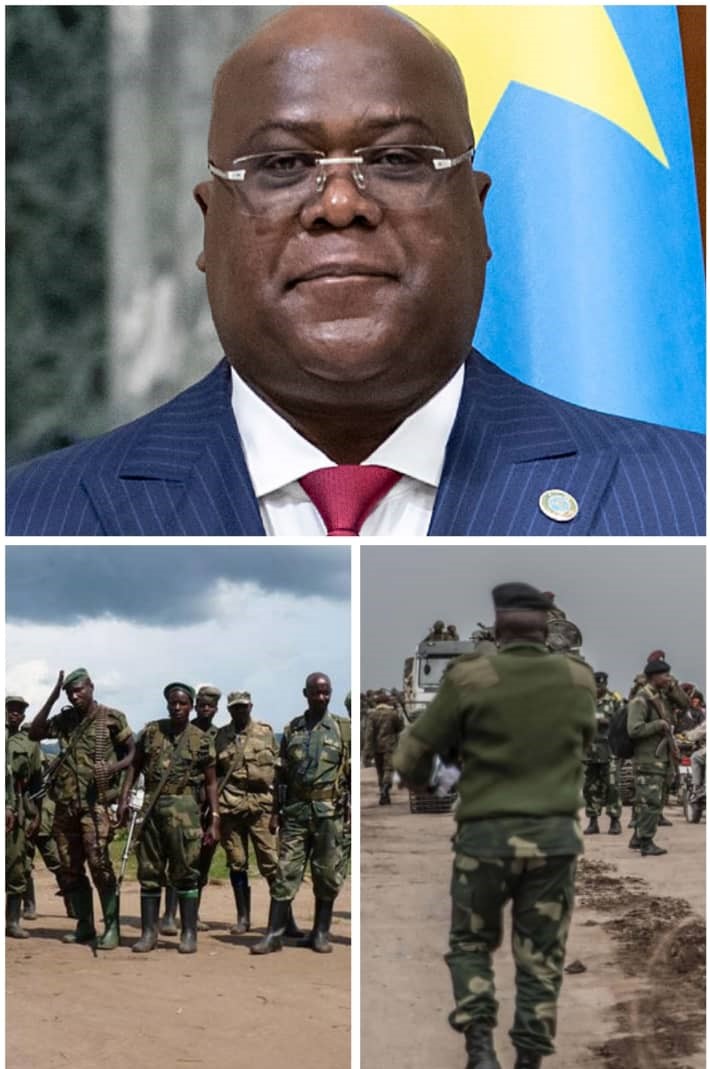
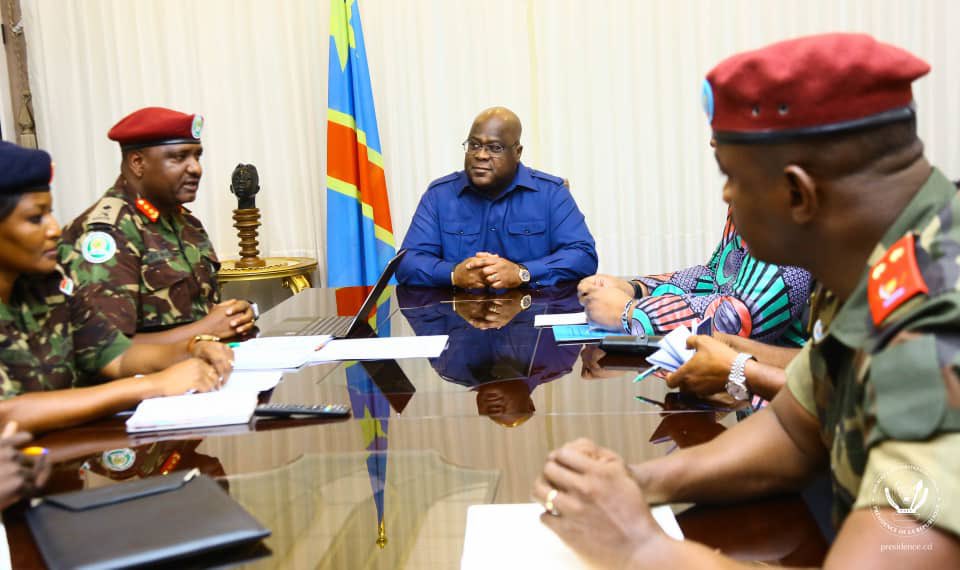
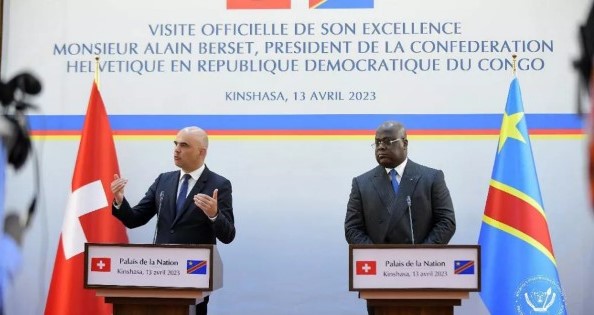
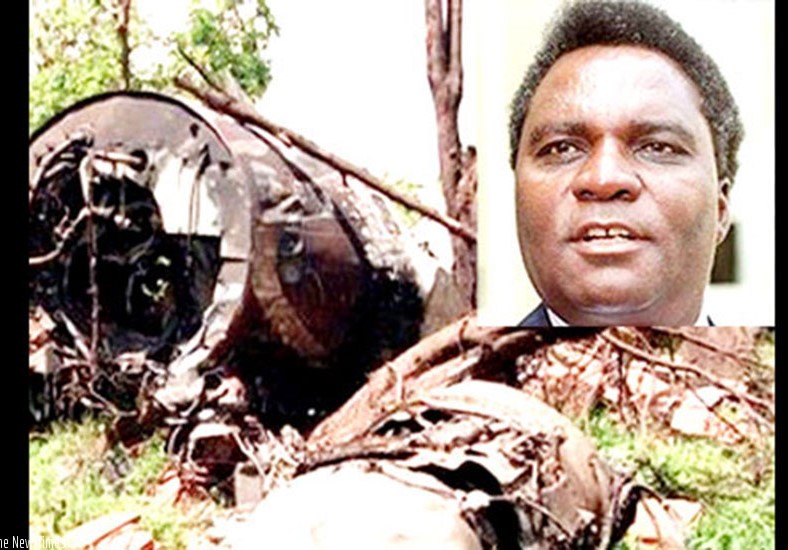
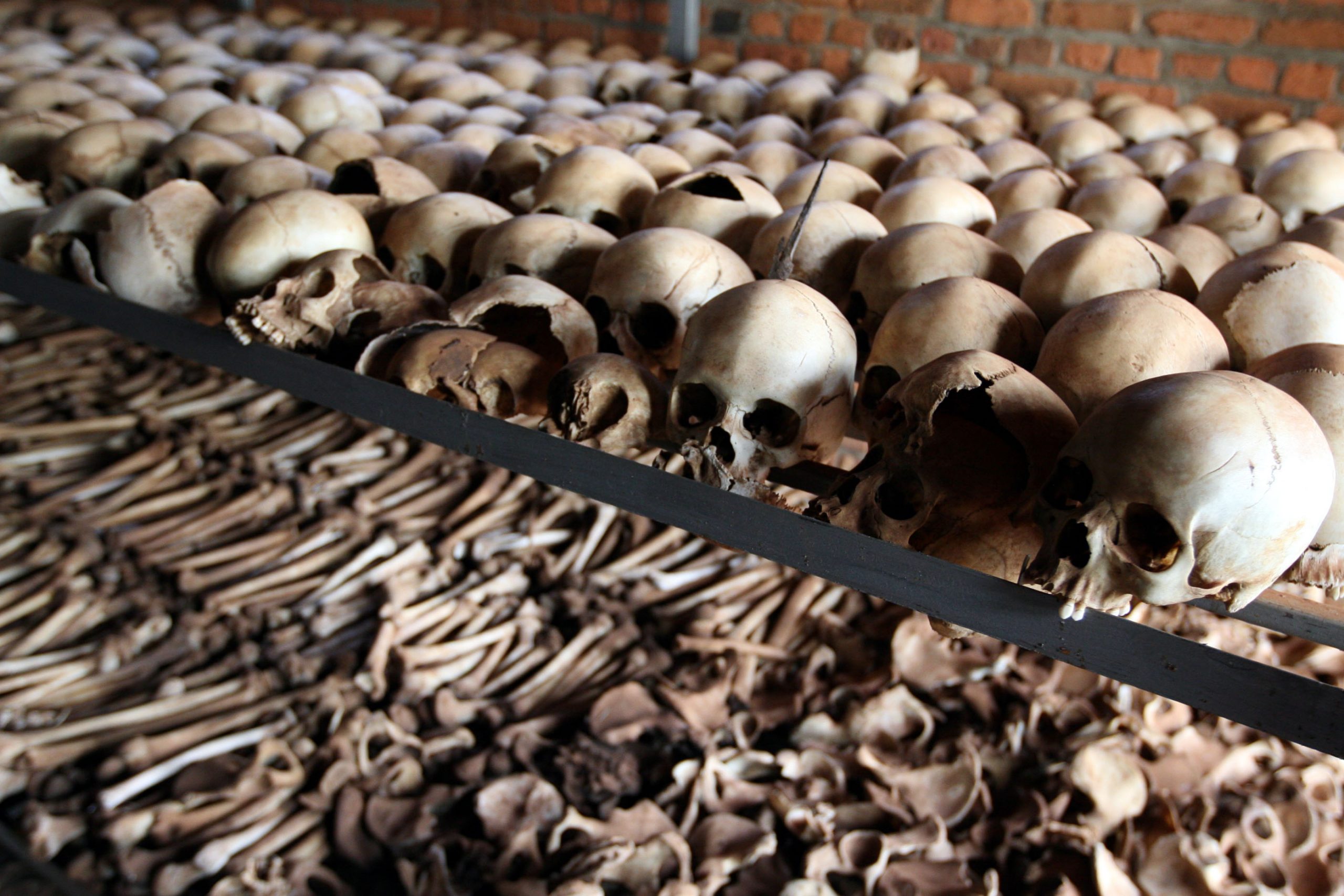
.jpeg-20230411051445000000.jpeg)
